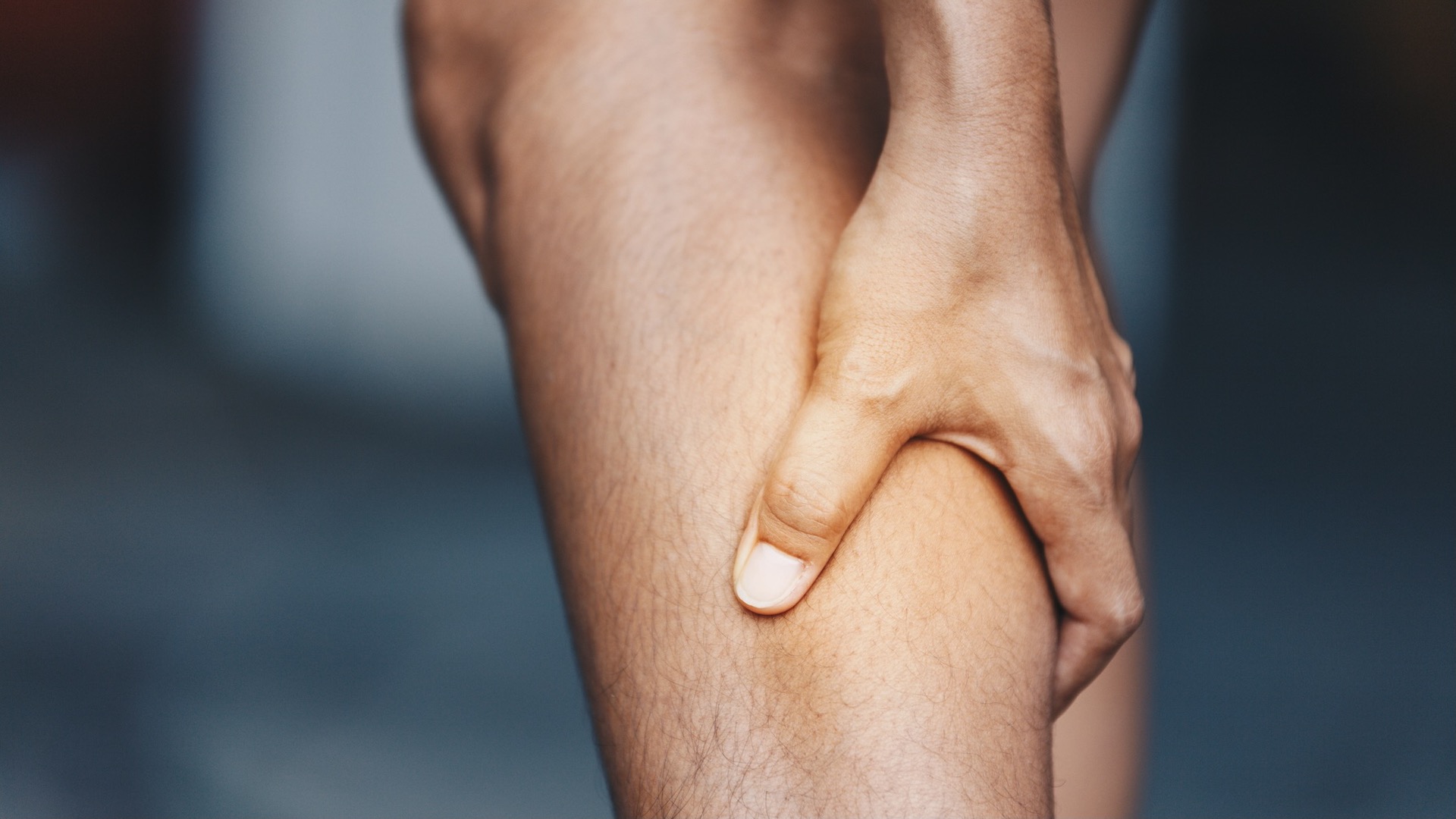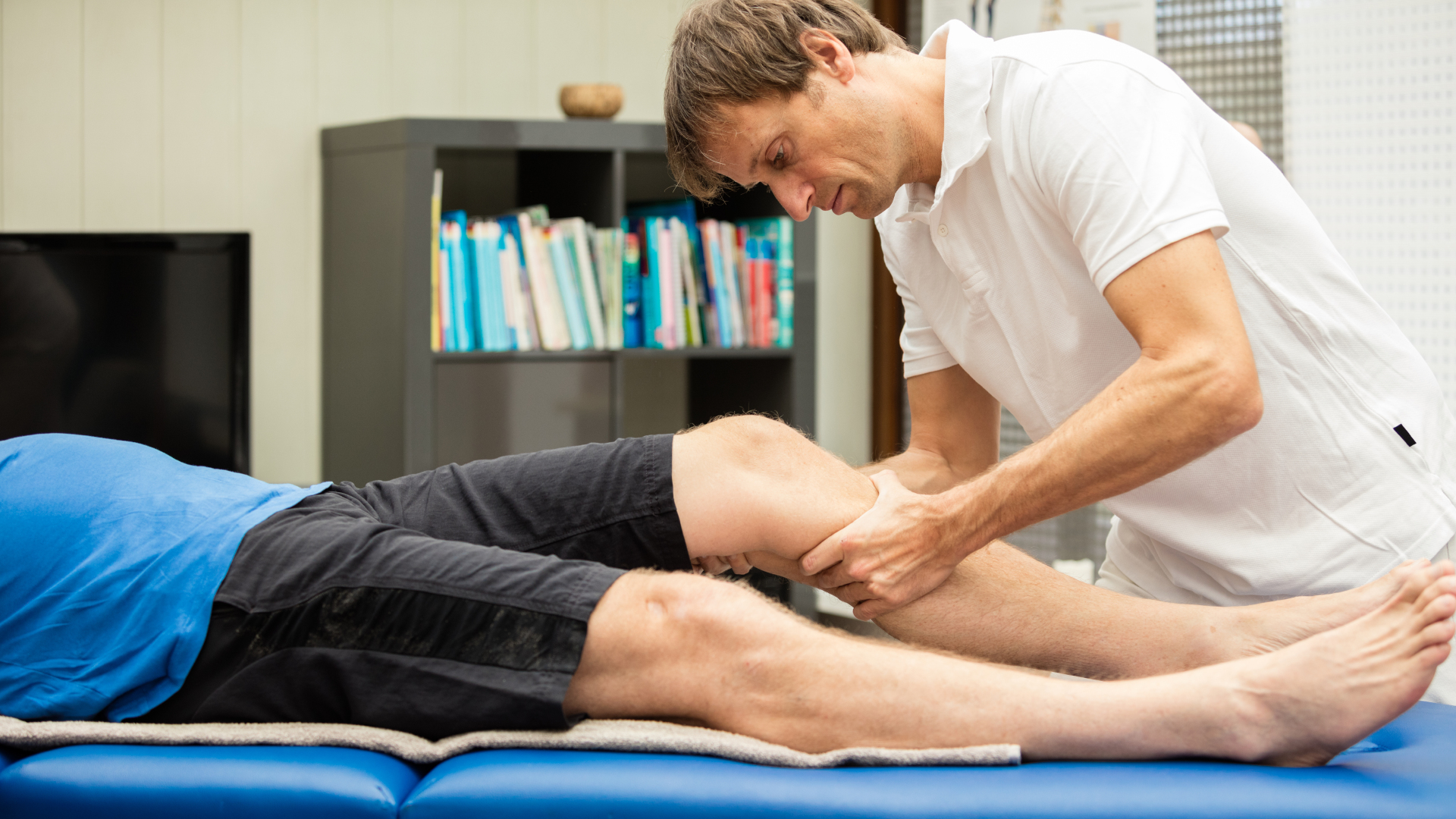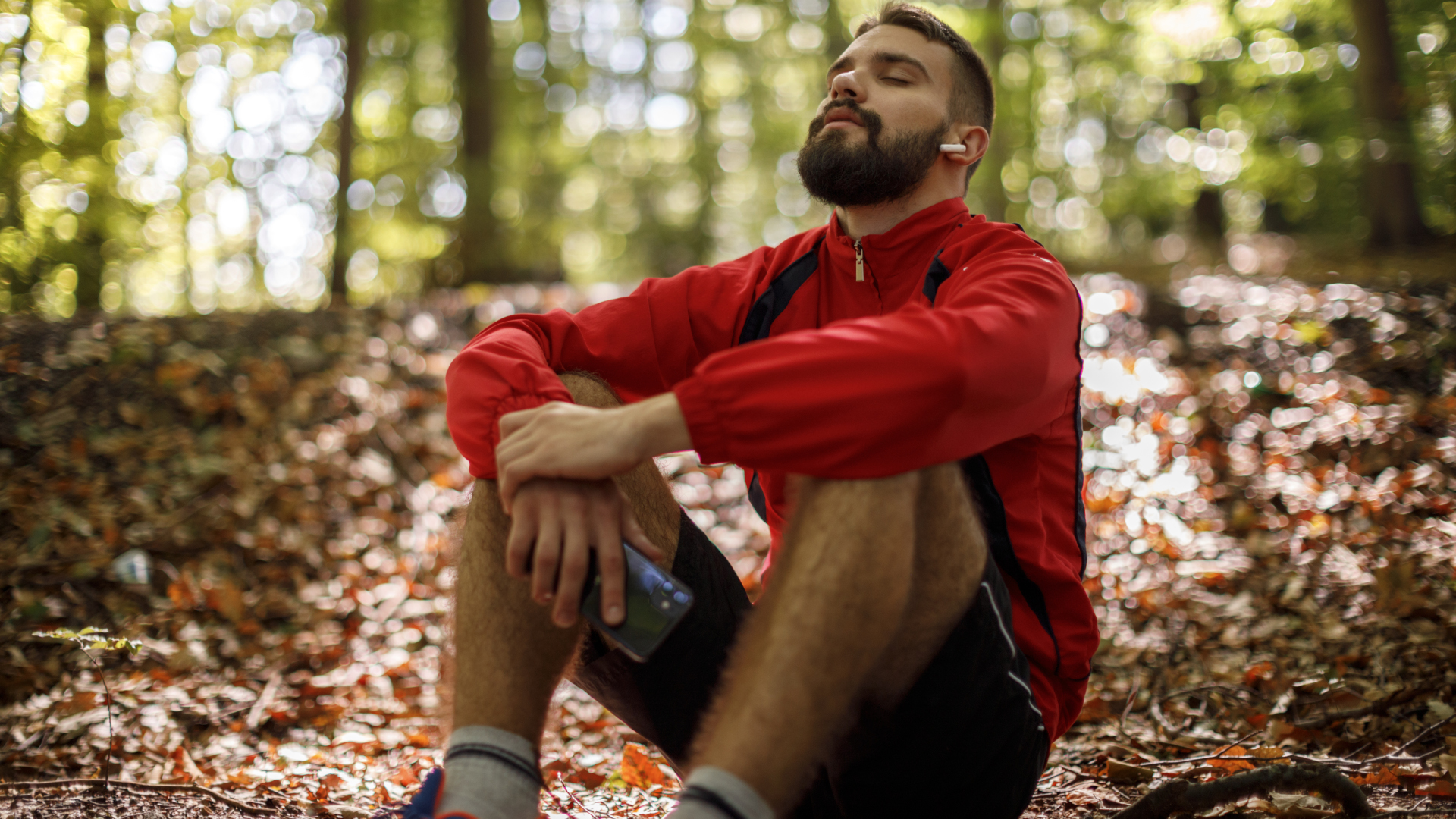What is delayed onset muscle soreness?
What is delayed onset muscle soreness, and can you train through it? We answer the big questions about DOMS and what you can do about it

If ran further than you've ever run yesterday, added load to your weights workout or hiked a steeper trail than your previous adventures, chances are you're feeling sore today. You might have mistakenly attributed this muscle pain to a buildup of lactic acid – many people do – however, it is actually down to a condition called delayed onset muscle soreness. So what is delayed onset muscle soreness, is it a good thing, and is it OK to exercise with sore muscles? We answer the big questions about DOMS and what you can do about it.
What is delayed onset muscle soreness?

DOMS is the name for muscle pain that develops after exercising. It usually begins one or two days after a workout and can last for roughly one to three days. According to the American College of Sports Medicine (ACSM), current medical understanding attributes post-workout soreness to tiny tears in the muscle fibers that occur when the muscles are placed under novel stressors. It seems to occur more frequently when muscles are placed under force while they’re being lengthened (known as eccentric contraction), for example your quad muscles when you’re running downhill. The soreness you sometimes experience seems to be a side effect of the repair process.

Signs and symptoms of DOMS include:
- Tenderness in the muscles, including to the touch
- Decreased range of motion, stiffness in movement
- Muscle swelling and joint inflammation
- Muscle fatigue and short-term loss of strength
DOMS is different from pain that you might experience during a workout, which is called Acute Muscle Soreness and entails cramps or a burning feeling that you might experience during or in the minutes immediately following exercise, according to a review in the journal Muscle & Nerve. It is also distinct from pain that is due to injury such as muscle or ligament
Is Delayed Onset Muscle Soreness a good thing?

Some of us seek out muscle pain as validation of a workout goal righteously crushed while others try to sidestep it whenever possible, feeling that it hampers progress, but is there a definitive answer on whether DOMS is a good thing or a bad thing? Though this is a bit of a tricky one to answer, since it’s a sign of your muscles adapting to a new load, in the long run it could be a good thing in terms of building strength. However, if you continually over train and always have muscle soreness, it could hamper your training and therefore would be a bad thing. Further, it is possible to successfully increase load in a gradual way and train without experiencing DOMS. In other words, occasionally it might be a good thing, and it can be difficult to avoid, but it’s not essential to a successful training program.
However, based on current understanding, you can consider it a warning sign from your body that you need to back off. If you listen to your body, there’s a good chance you’ll feel fine in a day or two, however if you try to keep training through DOMS, the ACSM advises that it could make matters worse.
How do you treat delayed onset muscle soreness?

So what do you do if you ran a race yesterday and can’t get down the stairs today? Unfortunately, a review published in the journal Sports Medicine found that while anti-inflammatories may be helpful in treating DOMS, other modalities such as sports massage, stretching and icing didn’t prove to have any significant impact. However, these activities might help your mental health and have other benefits, and there’s no indication they make things worse either, so don’t strike them off your list just yet.
All the latest inspiration, tips and guides to help you plan your next Advnture!
So far, the best treatment recommended for DOMS is taking a rest day or two, but as long as you can move normally (AKA not limping or adopting other compensation patterns), there is no evidence that engaging in light activity will hinder your recovery – it just won’t speed things up if that’s what you’re hoping for, according to the ACSM.
Is it OK to exercise with sore muscles?

Because people mistake soreness after exercising for lactic acid build up, there is a common belief that getting your best trail running shoes back on and doing cardio will help to metabolize it, but this is a myth. According to the ACSM, doing intense activity with DOMS may just prolong the healing process, and could even make matters worse.
It is true that if you do exercise with sore muscles, once you get moving, you often feel better; this is because the movement has an analgesic effect on your muscles, according to an article by the Auckland University of Technology. Sadly, after your run, the soreness will return, and may even be worse. The same article points out that when DOMS is more severe, you might alter your muscle recruitment patterns while running – effectively changing factors like your gait to compensate for muscle weakness and pain – which can increase your risk of injury. So, going for a long or vigorous run with moderate to severe DOMS is not a good idea.

However, as we’ve already mentioned, light activity isn’t likely to make matters worse and might actually be better than spending a day or two lying on the couch and getting stiff anyway. Lots of clinical research is emerging such as a 2017 study in the journal Clinical Epidemiology that points to regular, light activity as crucial for overall health and life expectancy, so if you’re not so sore you’re incapaciated and you want to keep your joints moving and get your heart rate up, try the following low impact activities:
- Brisk walking
- Slow jogging
- Gentle yoga like our yoga for runners sequence
- Swimming
- Moderate cycling on flat terrain
- Strength training the part of your body that isn’t sore (so if you have sore legs, make it arm day)
Julia Clarke is a staff writer for Advnture.com and the author of the book Restorative Yoga for Beginners. She loves to explore mountains on foot, bike, skis and belay and then recover on the the yoga mat. Julia graduated with a degree in journalism in 2004 and spent eight years working as a radio presenter in Kansas City, Vermont, Boston and New York City before discovering the joys of the Rocky Mountains. She then detoured west to Colorado and enjoyed 11 years teaching yoga in Vail before returning to her hometown of Glasgow, Scotland in 2020 to focus on family and writing.

